Lip started experimenting with electricity in 1928, and they produced some interesting electric clocks in the pre-war period, but it wasn’t until 1948 that they started work in earnest on electric watches. In 1949, Lip and Elgin signed a deal to exchange technical information, and a group of 20 French engineers went to America to work with Elgin.
The 19th of March 1952, Lip and Elgin announced their prototype electric watch, in which the amplitude of the balance was maintained by electro-magnets. Fred Lip presented it to the Acadamie des sciences in Paris, while John Shennan, the president of Elgin, presented it in Chicago. The prototypes functioned but were far from being a commercial proposition: for one thing, the bean-shaped batteries developed by Lip were not stable and had a tendency to explode, for another, the watches consumed too much current. They soon replaced their own batteries by those from Union Carbide and Mallory. Interestingly, the batteries from Union Carbide were probably the ones jointly developed with Hamilton for the Hamilton 500.
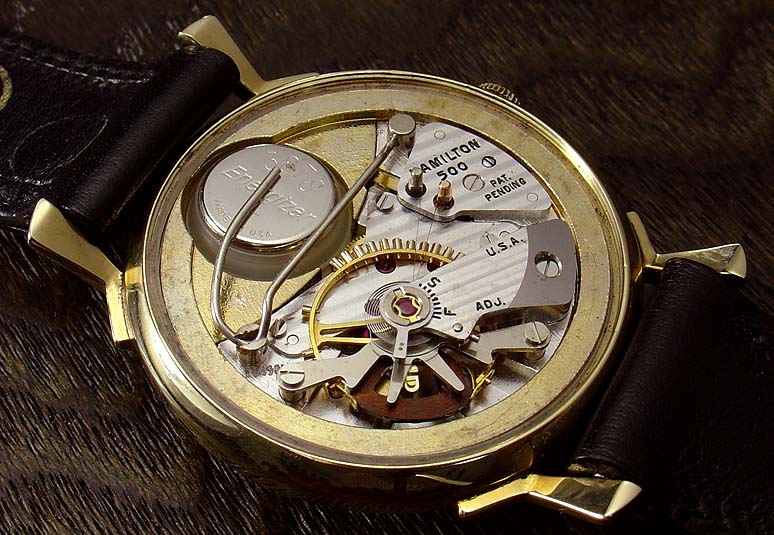
( Hamilton 500 caliber )
They eventually produced the R27 movement, which worked but still had problems, including excessive consumption, finicky regulation and high production costs. It also needed two batteries, which led to design limitations.
In January 1957, Hamilton launched the first electric watch using their cal 500 movement, while Lip were still trying to overcome technical problems, including contacts which were difficult to regulate. It’s interesting to note that the Hamilton 500 was released ahead of time in order to be first on the market, even though it still suffered from many technical problems, the most important of which was the difficulty of regulating the fine wires which controlled the switching. This is the same problem that Lip had, which is not surprising considering that the R27 and the Hamilton 500 work on the basic principle of using electromagnets to maintain the amplitude of the balance (Hamilton’s magnets act on the hairspring, whereas Lip’s act on the balance itself).
Finally, on 7th December 1958, Lip put their first R27-based electronic watch on the market. The watch was actually electro-mechanical, but as it had a diode to reduce contact arcing, they felt entitled to call it electronic rather than the more prosaic electric or electro-mechanical.
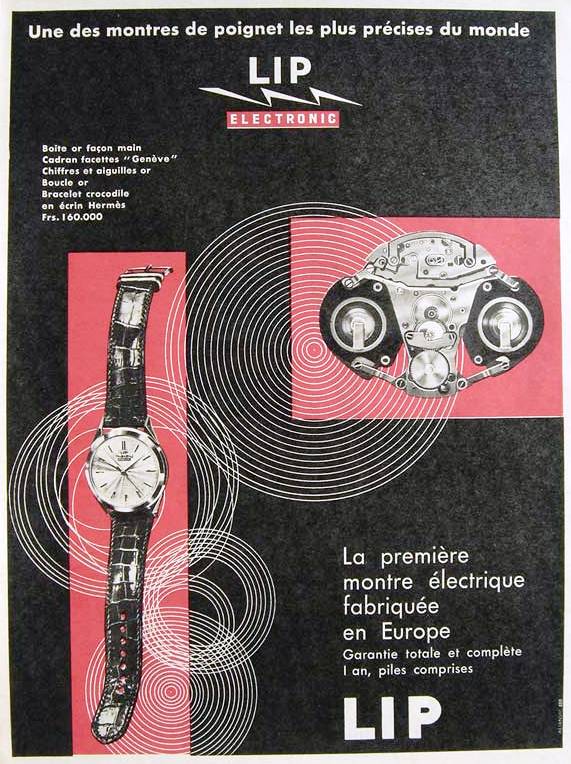
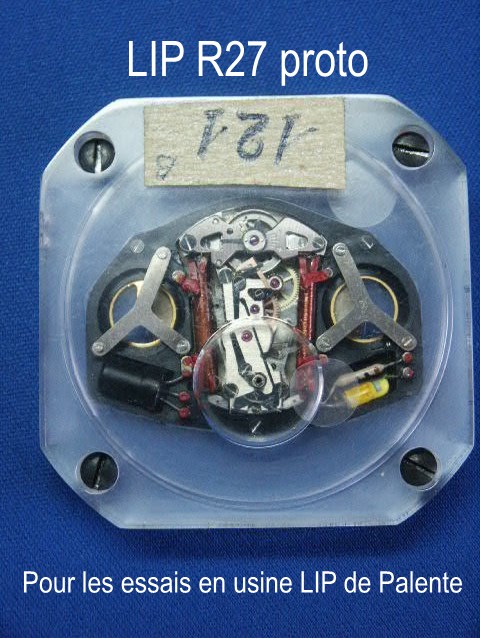
They presented one of the first R27s produced to General de Gaulle, the president of France, and another to President Eisenhower. In his biography, Fred Lip says that in order to impress de Gaulle with the watch’s accuracy, he actually had two identical watches made, and once a week the president’s wife would swap the watches while he was asleep. Lip’s best regulator would then regulate the watch as accurately as possible before it was replaced the following week.
It’s interesting to compare the way Lip and Hamilton released the cal 500 and the R27-based watches. Lip got their resellers and watch repairers involved and motivated, including sending letters from Fred Lip himself telling them how important the watch was, and explaining the advantages of the new technology, whereas Hamilton 500s had to be returned to the factory for servicing, which gave watchmakers the impression that they weren’t trusted to work on them. Lip also ironed out the majority of the technical problems before releasing the watch, so it didn’t develop the same reputation for unreliability as the Hamilton.
On the 26th October 1960, Bulova released the tuning fork-based Accutron, and Lip realized that it was a superior technology to the R27. This provided the impetus for Lip to put increased effort into the development of what was to become the Lip R148
The R148 was Lip’s second electro-mechanical movement, but their first really successful one. It still used a balance, but had improved switching and circuitry, and only needed one battery as opposed to the R27’s two. It was also easier to produce and regulate. It had 14 jewels, beat at 18,000, and was fitted with a stop-seconds.
The balance is maintained in oscillation by electromagnets that act on two “horns” on the rim of the balance. A fine wire acts as the switching contact. There is no contact when the balance is in the rest position. As the balance turns, an impuse pin pushes the end of the contact wire on the collet of the balance staff. As it is pushed, it makes the contact and an impulse is given to the balance by the electro magnets. There is only an impulse in one direction of rotation.
The R148 went through numerous improvements and changes during its production. A version with a simple date ring, the R184, sometimes called the Datolip, was produced in 1964. Lip sold the R184 to companies including Benrus, Elgin, Marvin, Universal Geneve and Waltham.
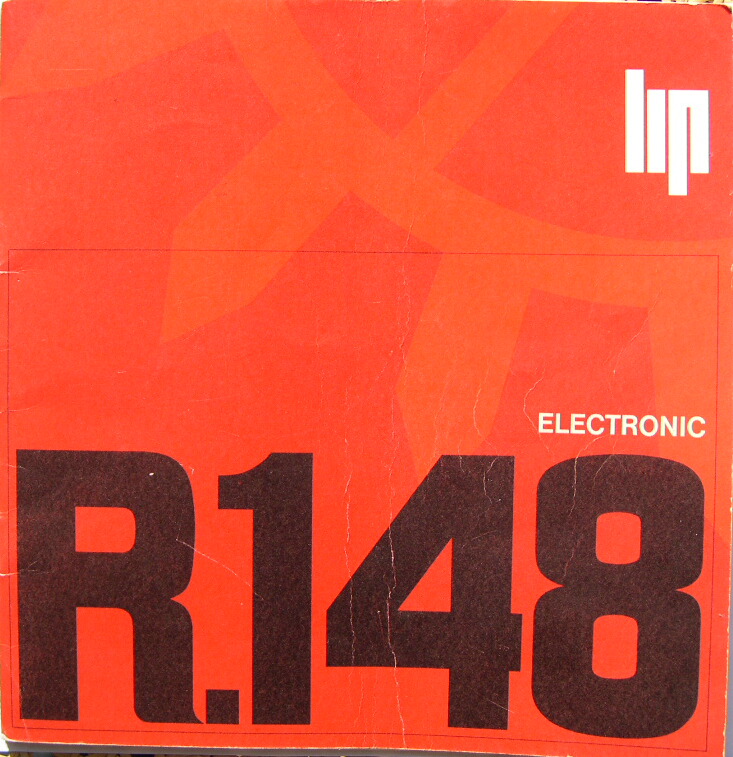
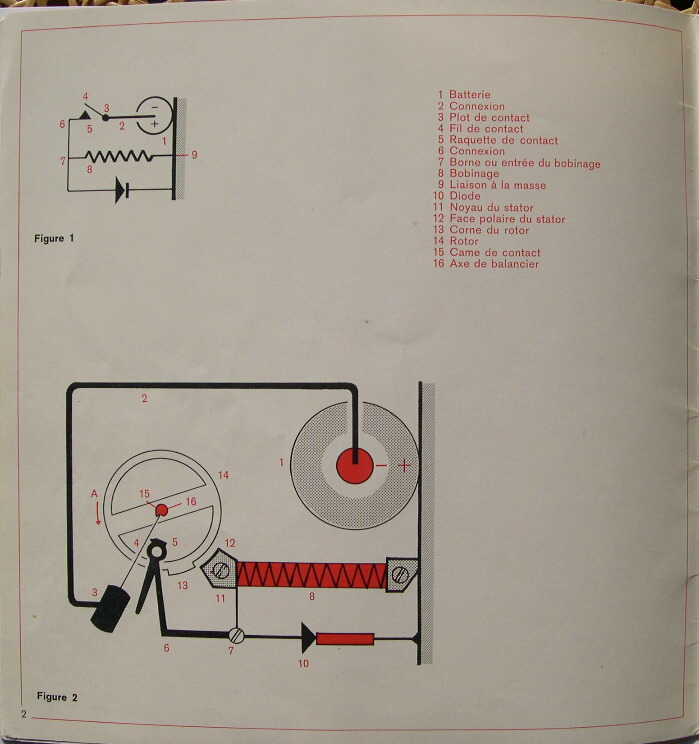
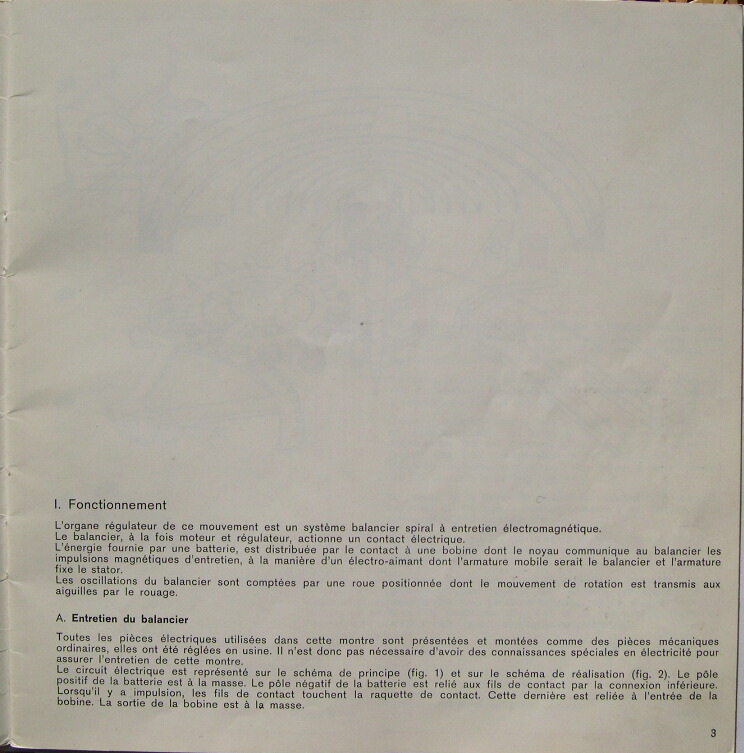
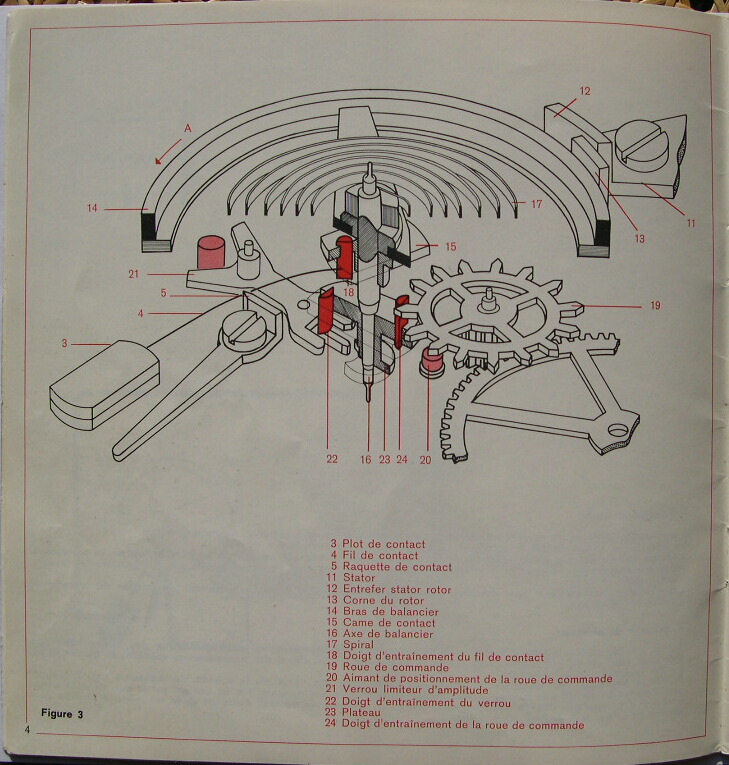
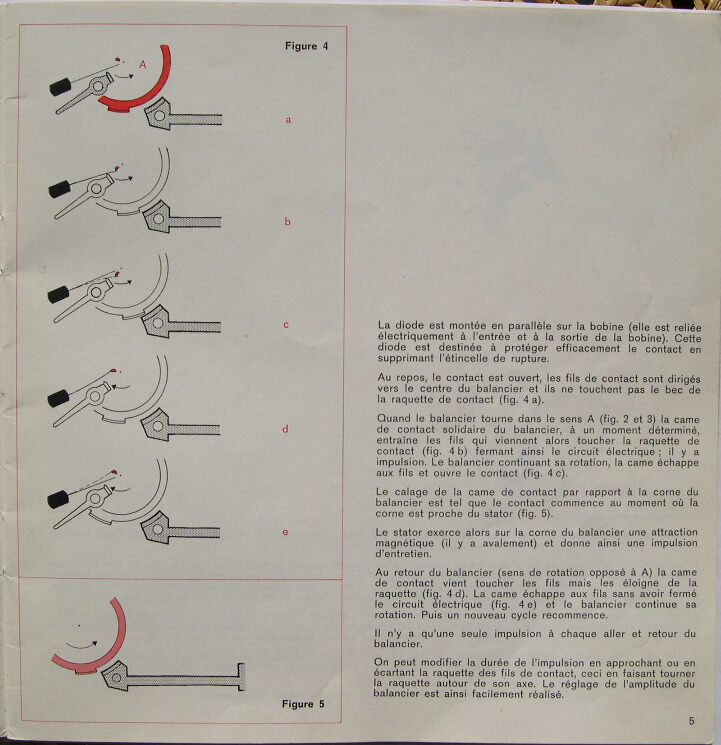
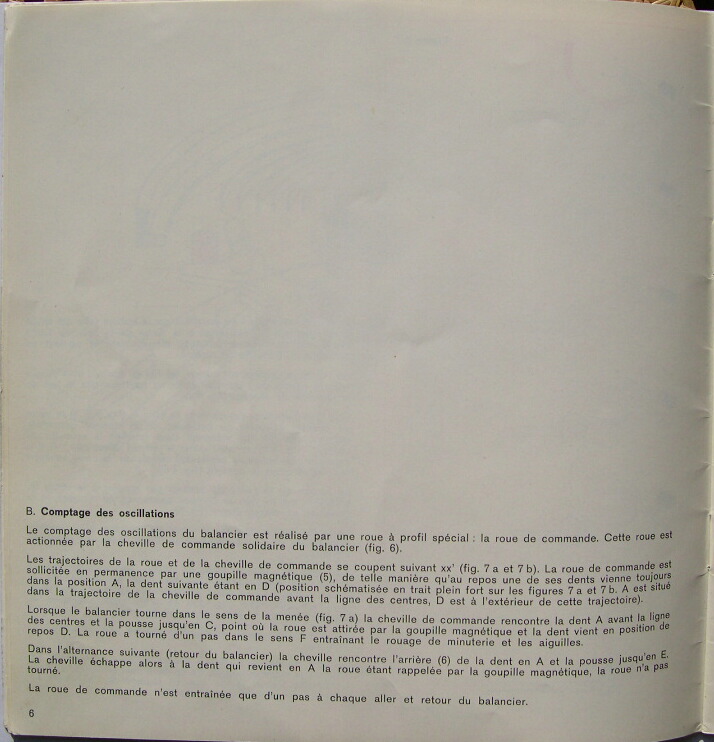
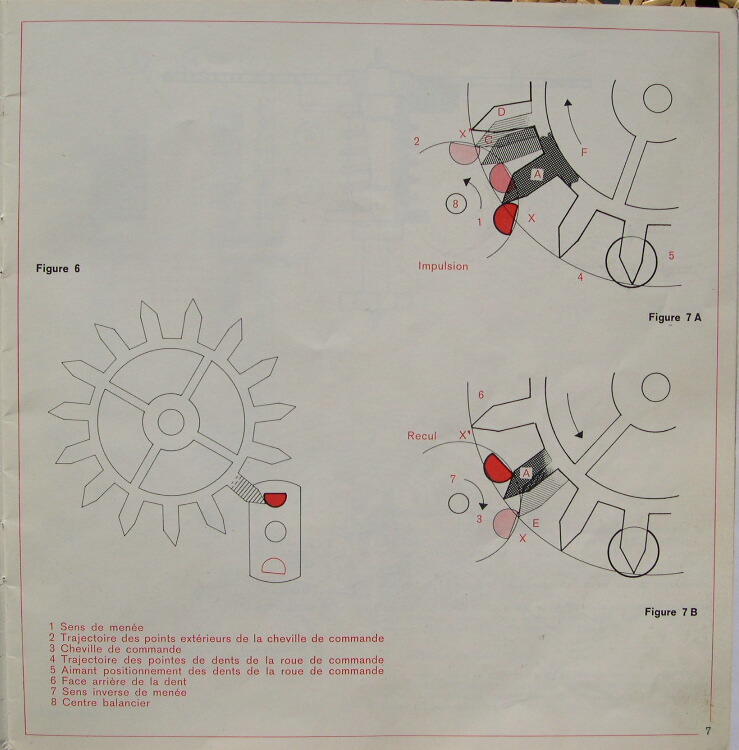
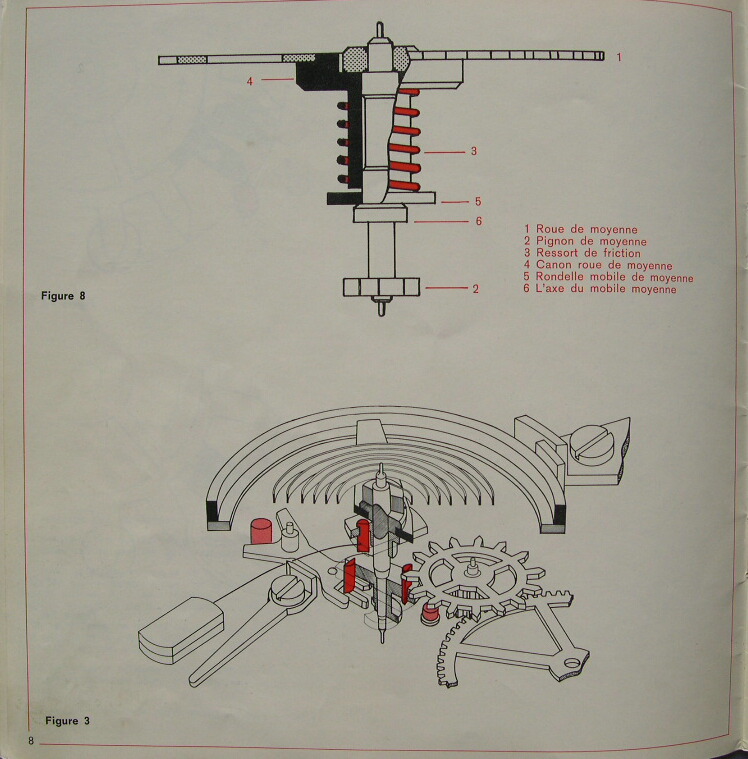
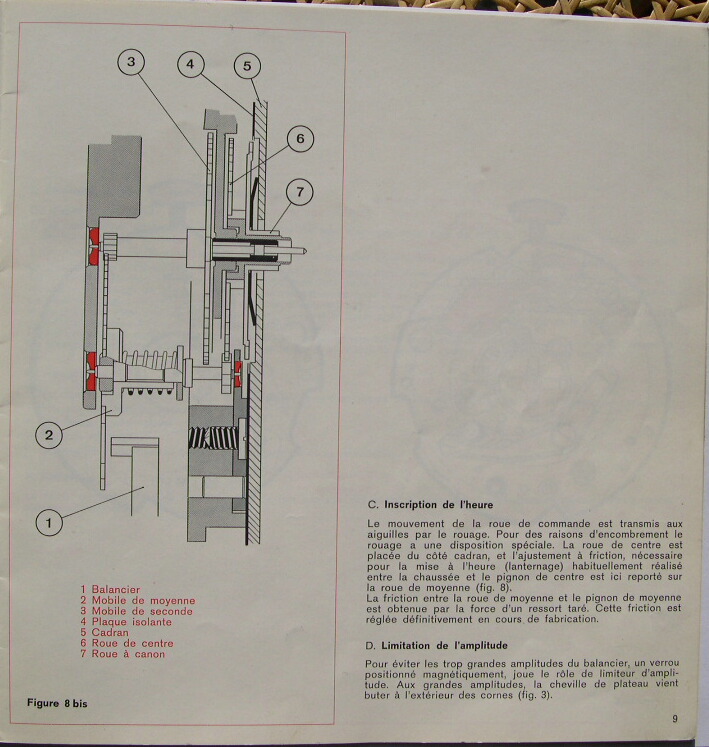

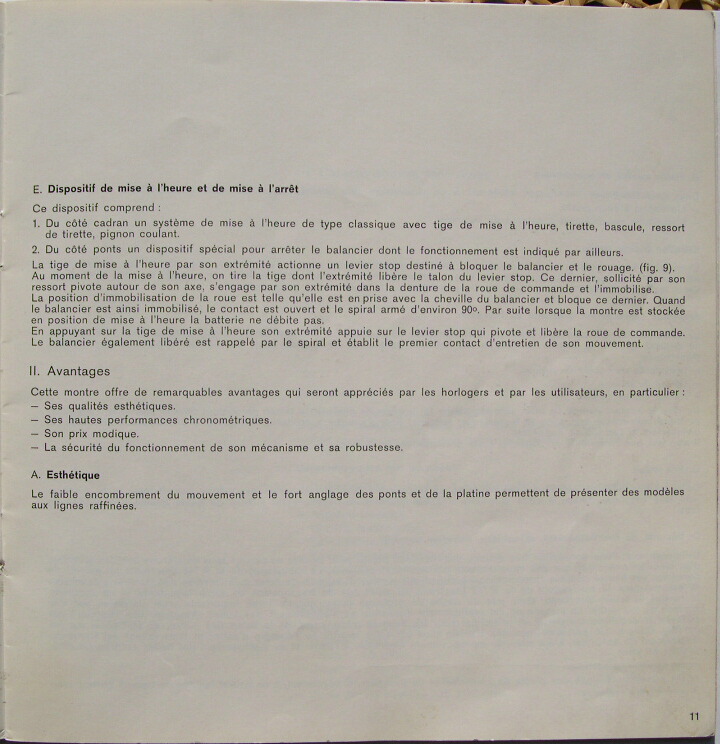
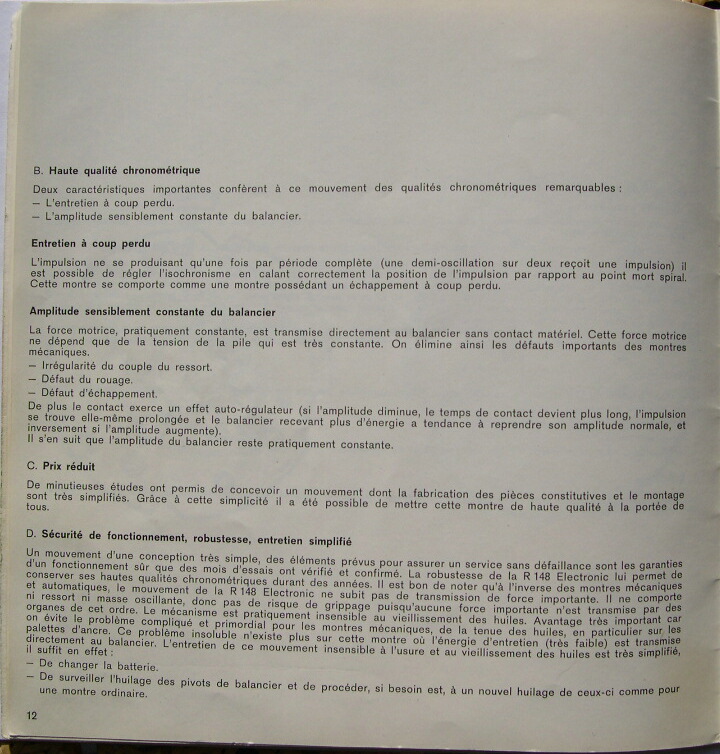
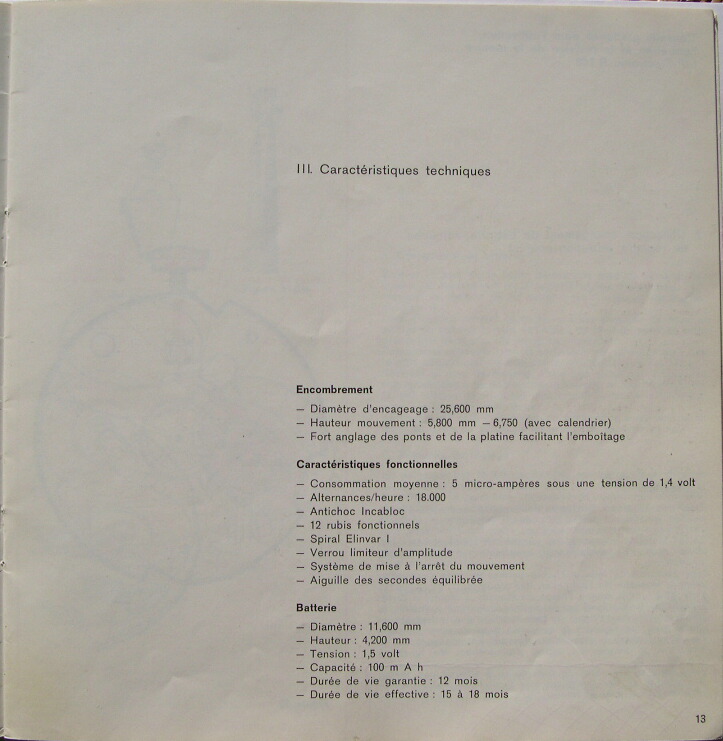
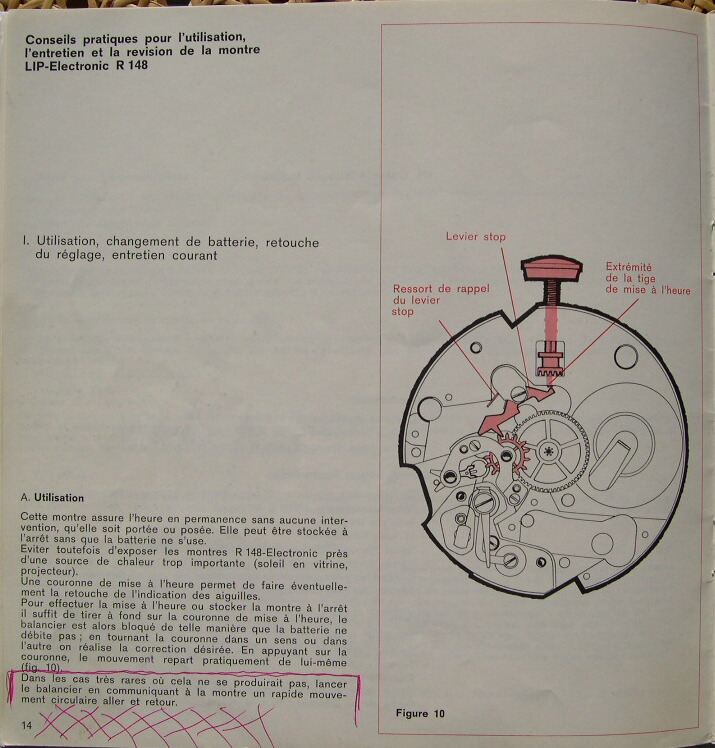
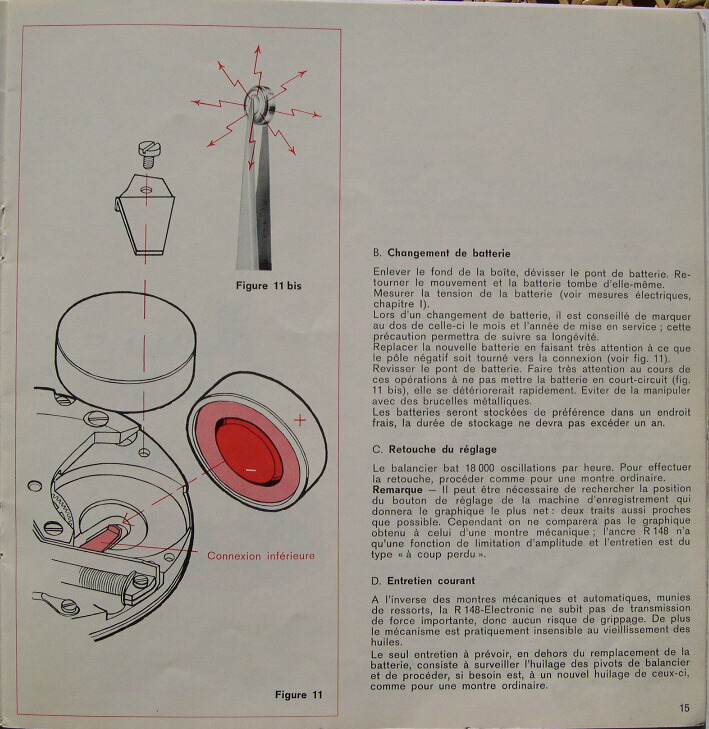

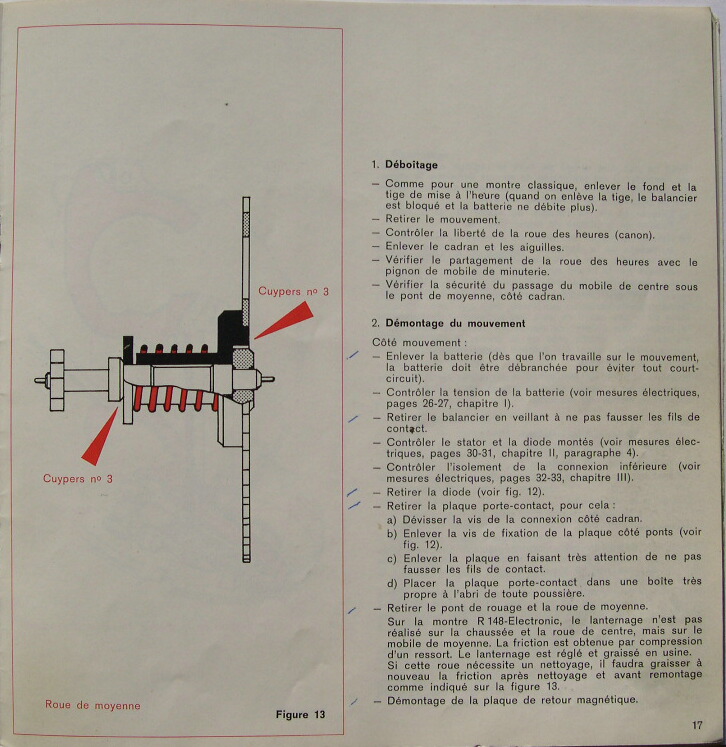
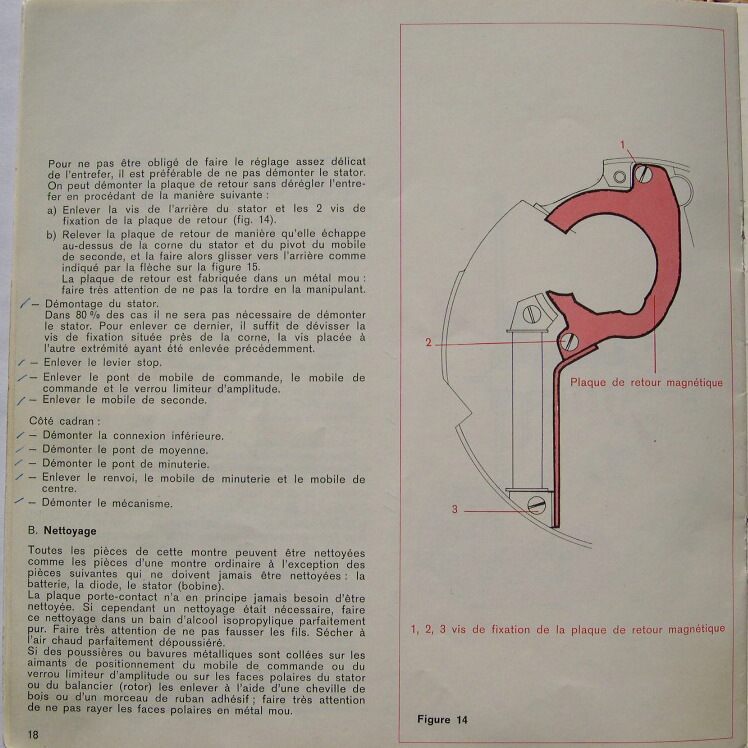
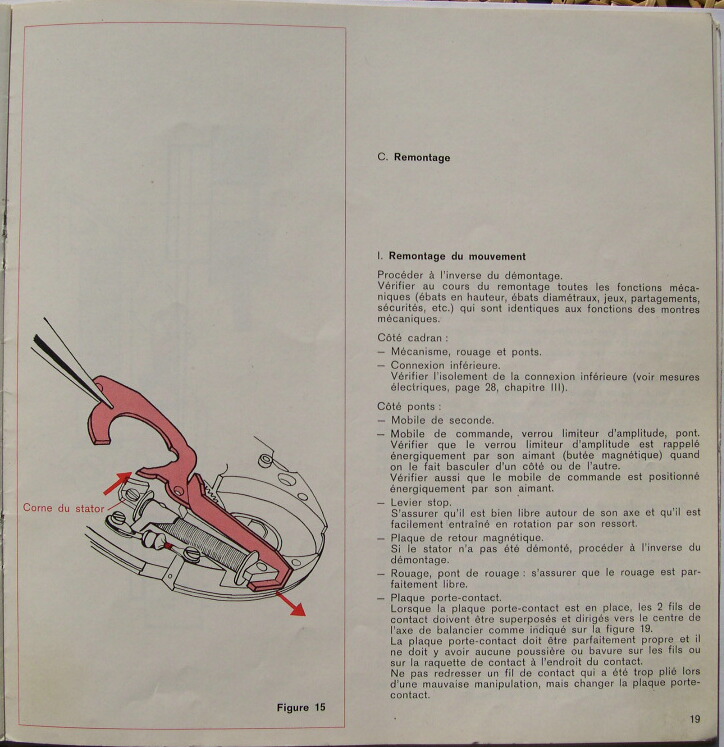

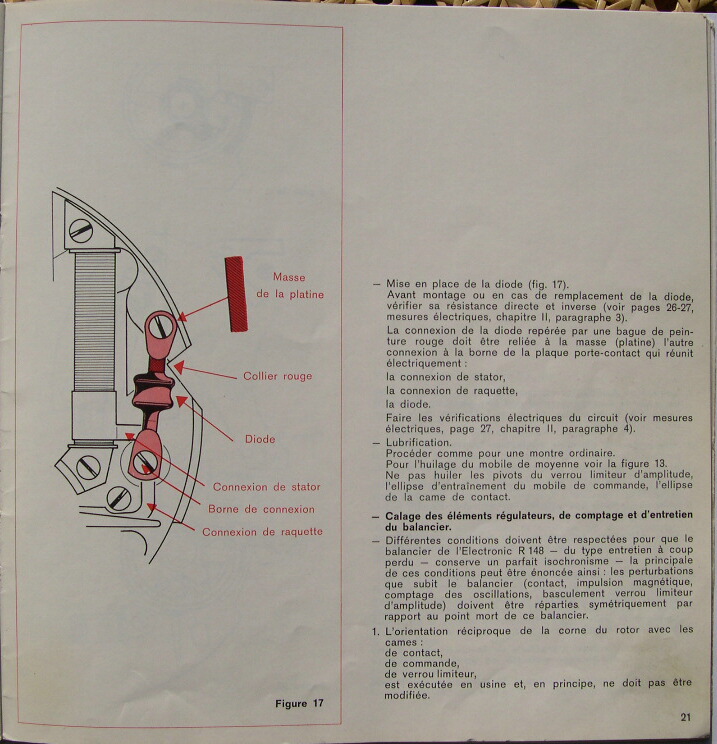
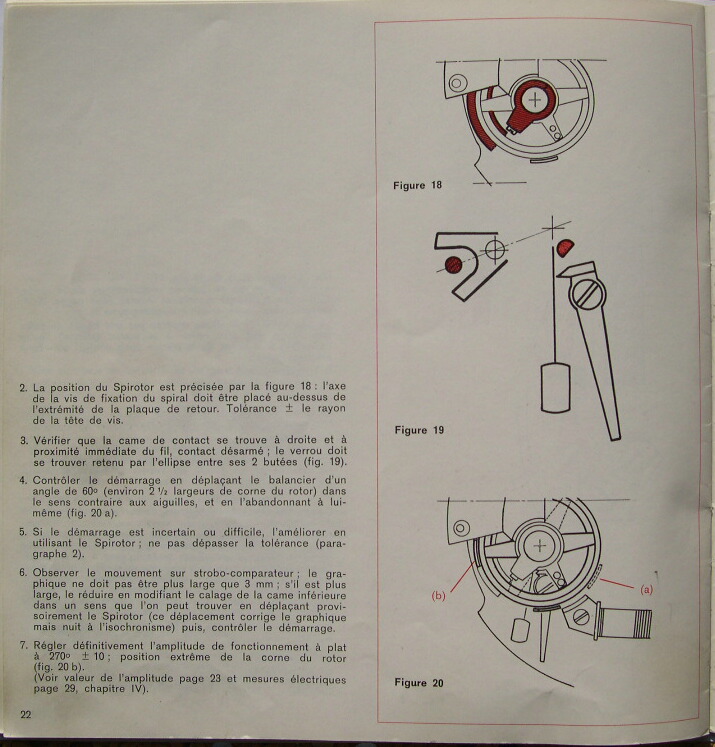

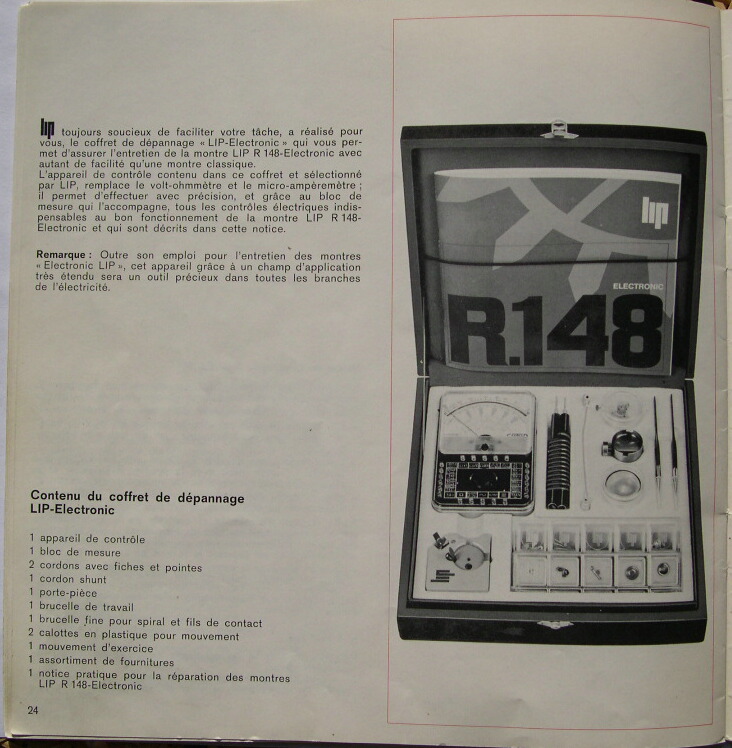
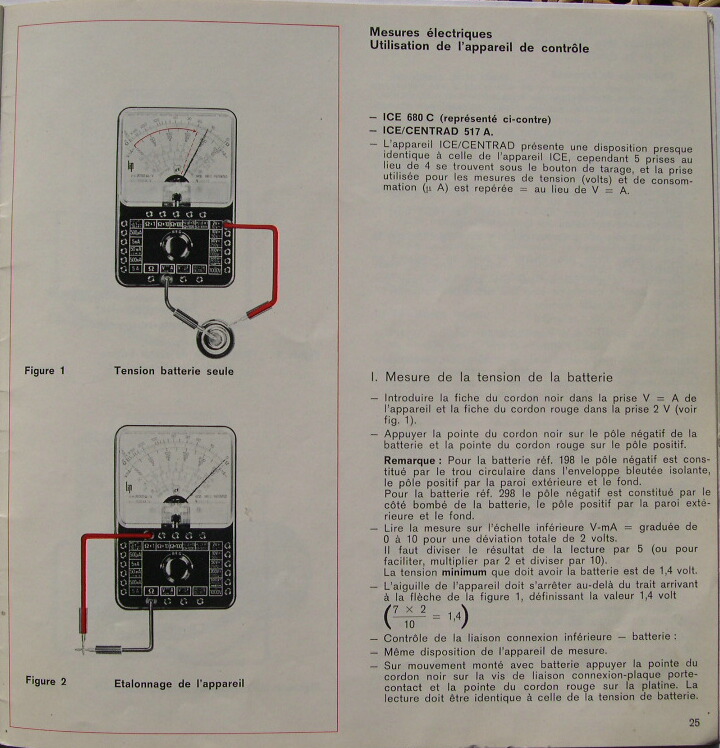
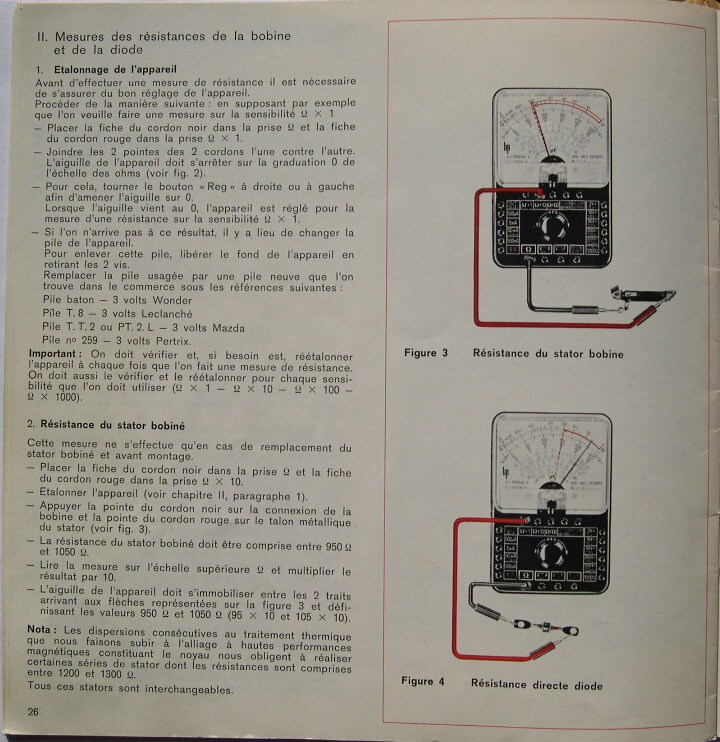
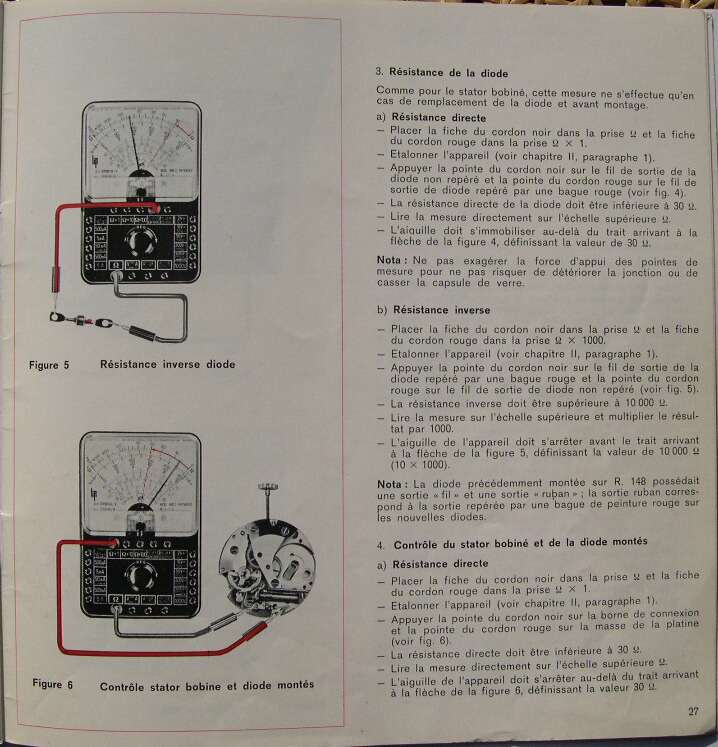
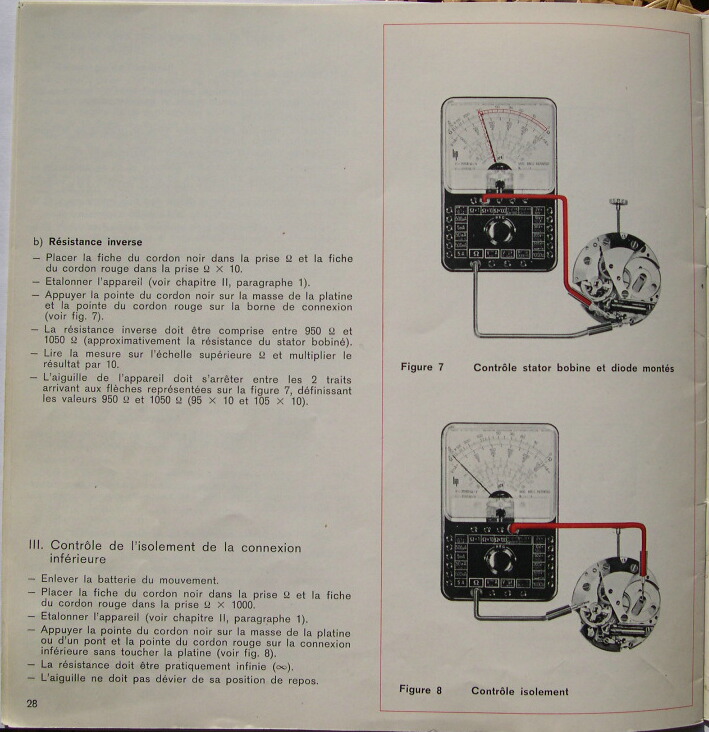
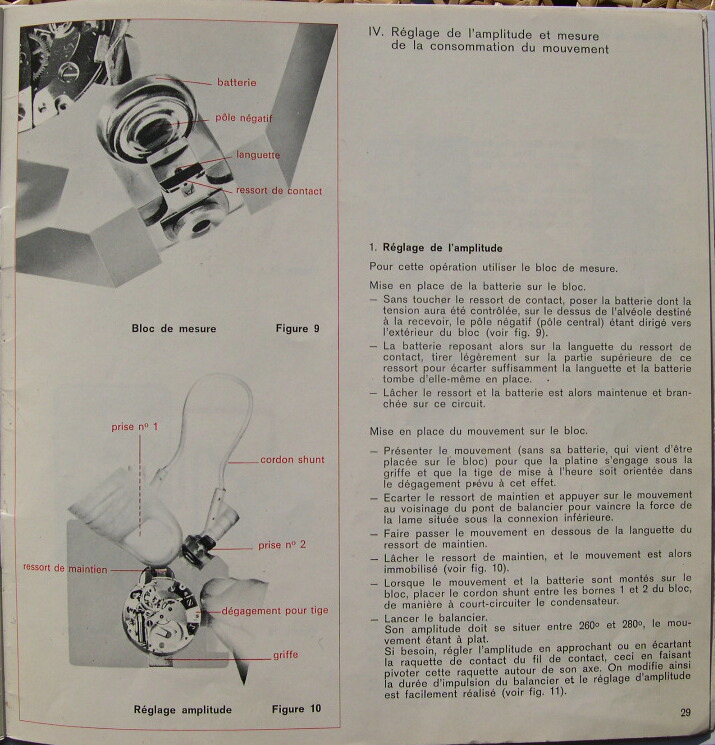
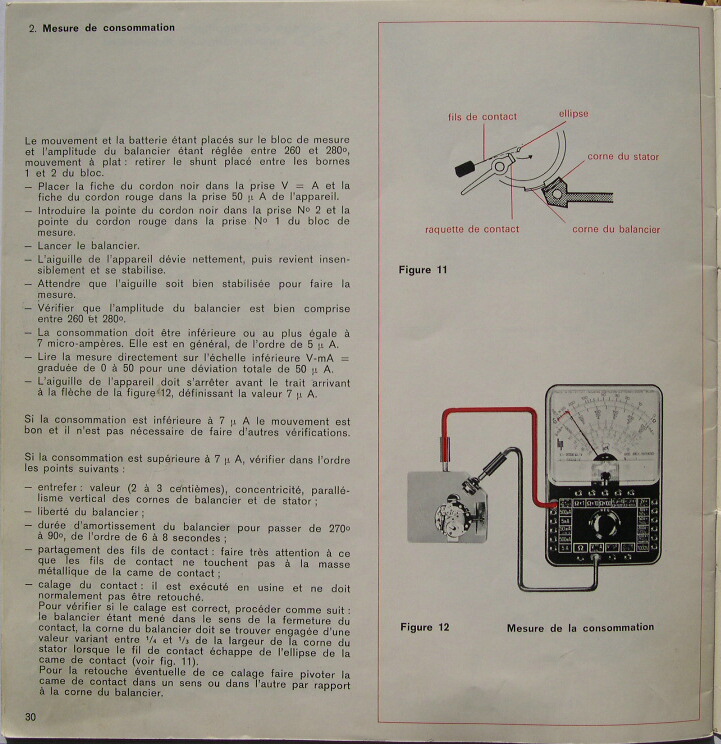
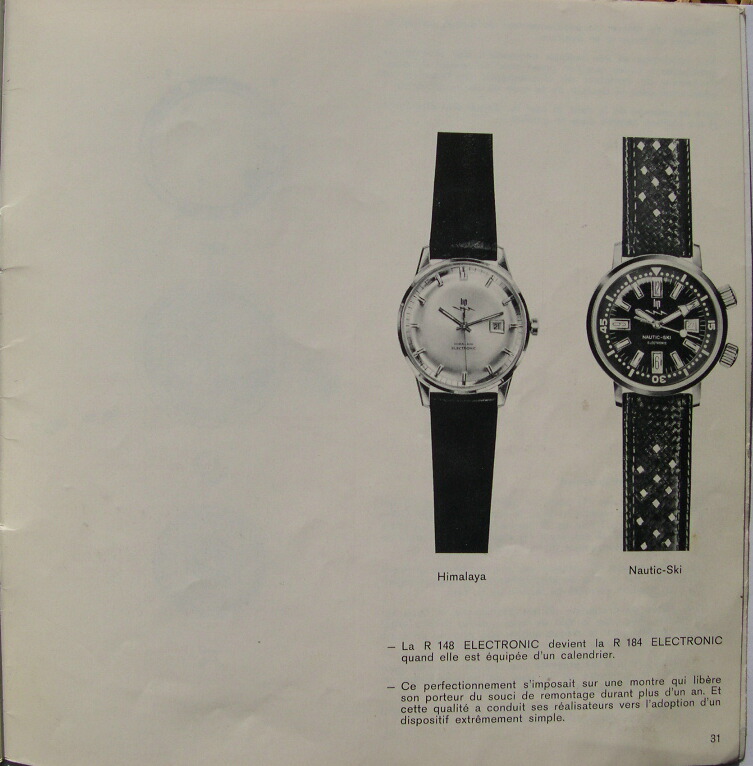
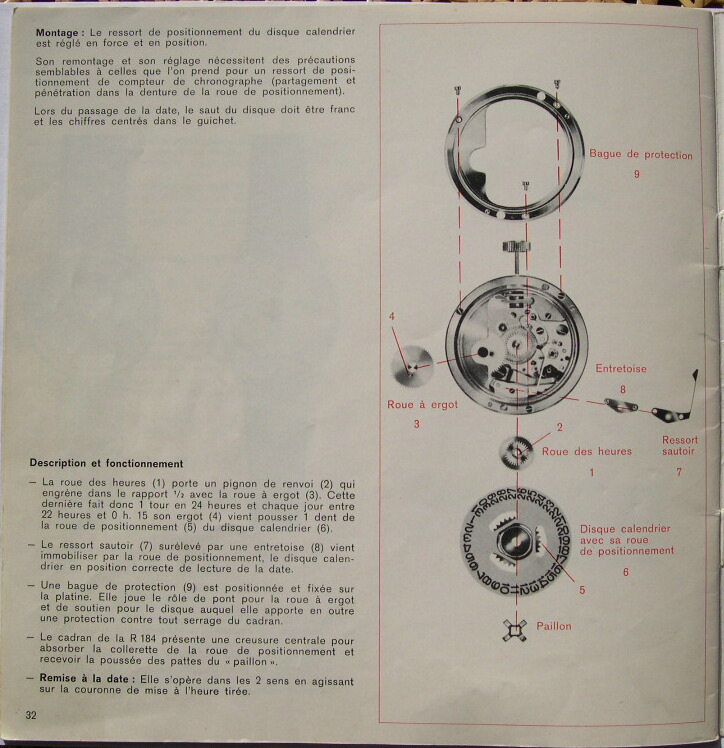
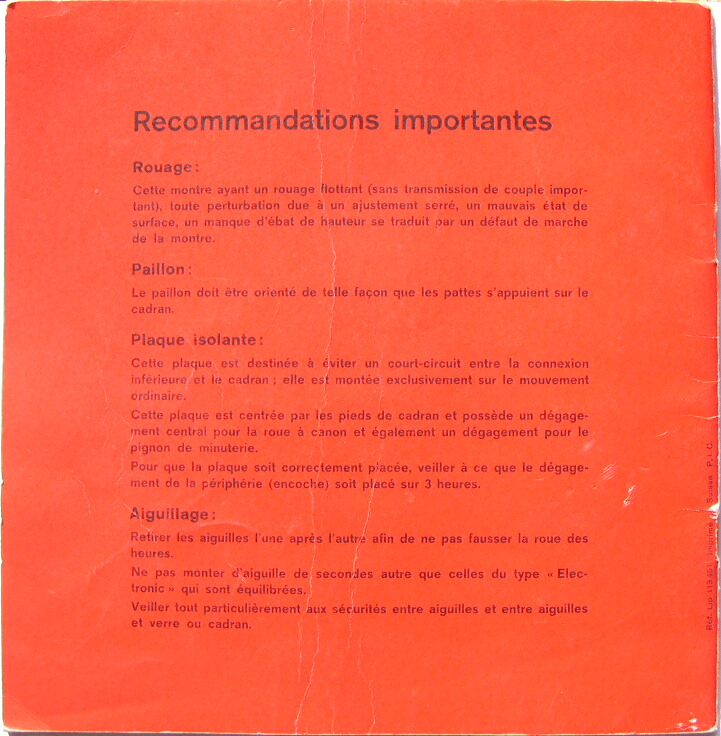
The two crowns lip divers
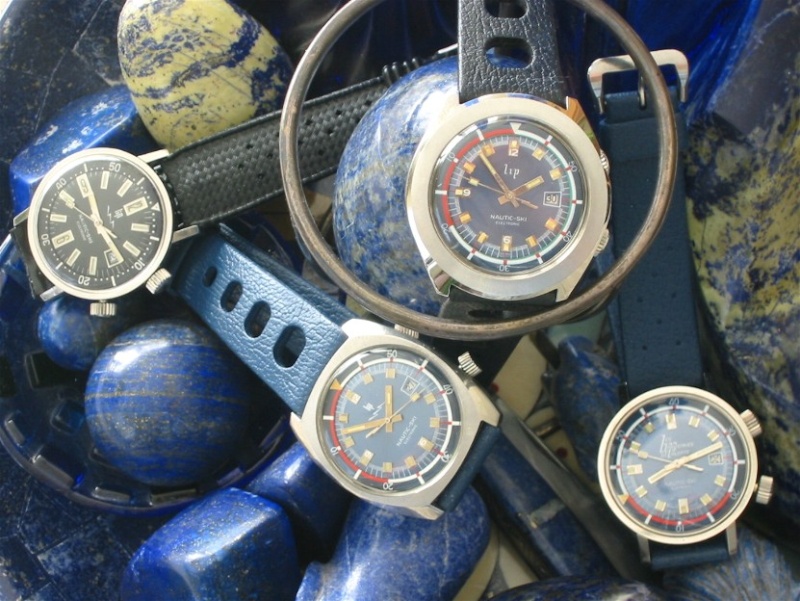 [/url]
[/url]First one, 1967...

1972 first case development, 38mm y 22mm lugs...

1978 36mm case again, 20mm lugs...

1980, 42mm round case and 22mm lugs...

In all, the dated lip R184 caliber...
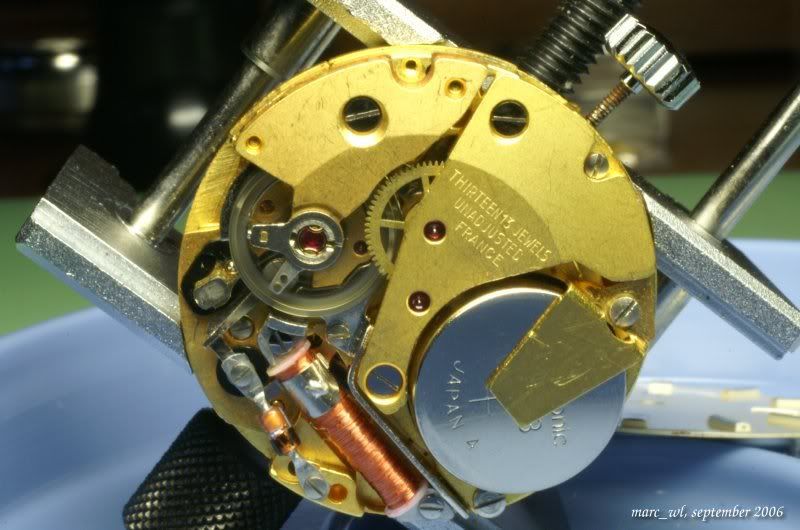
Mi pics:
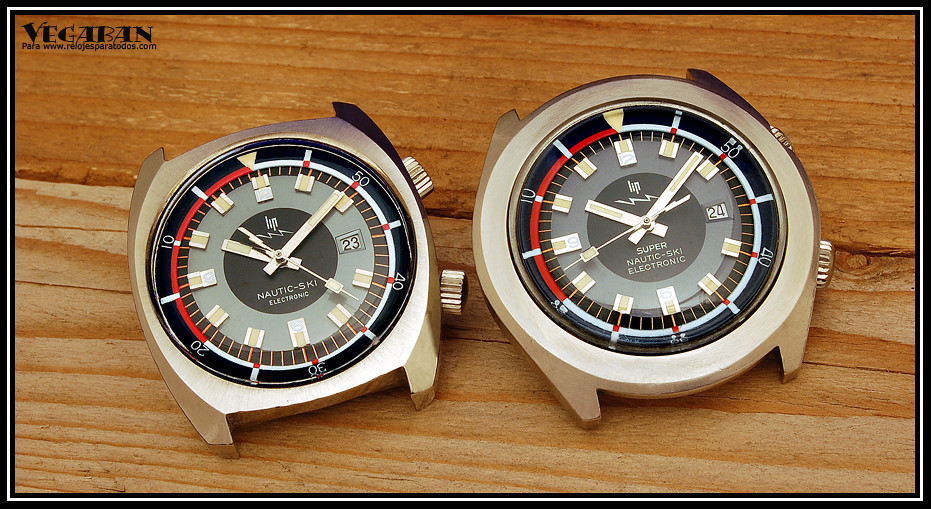
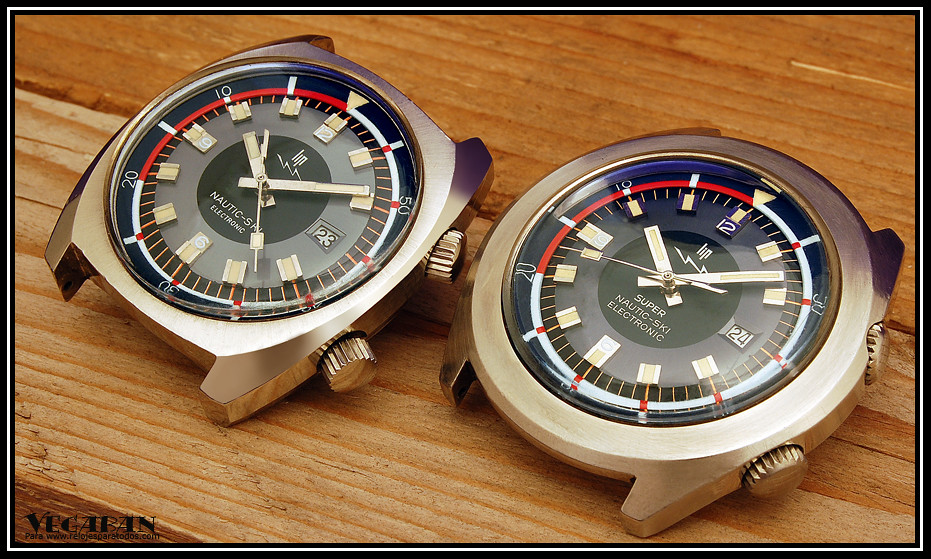

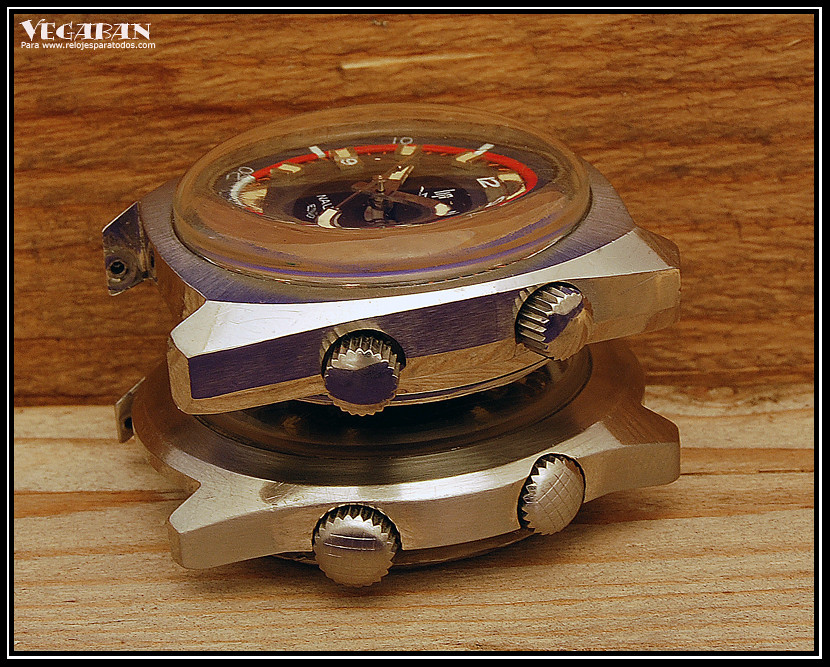
38mm..
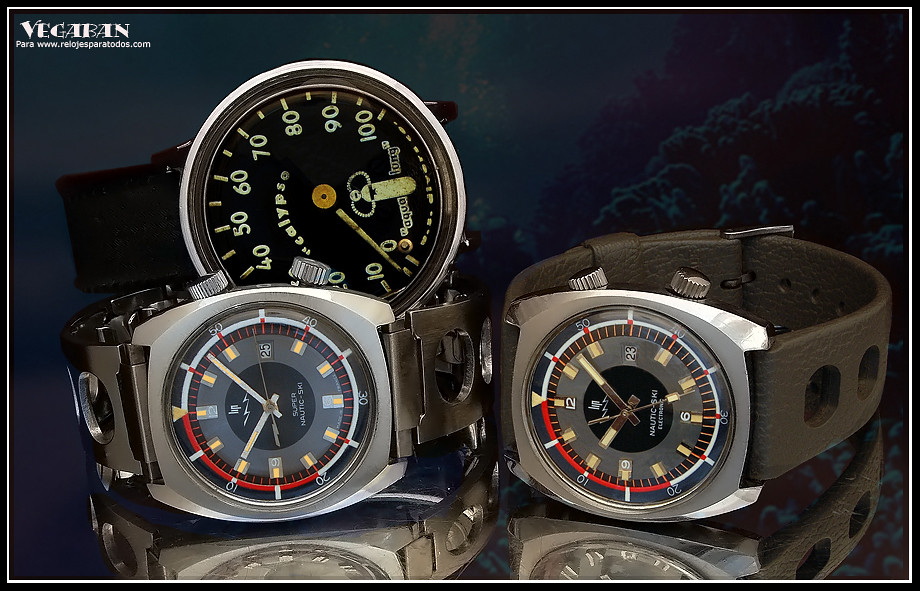
..back of the Piquerez case with logo...
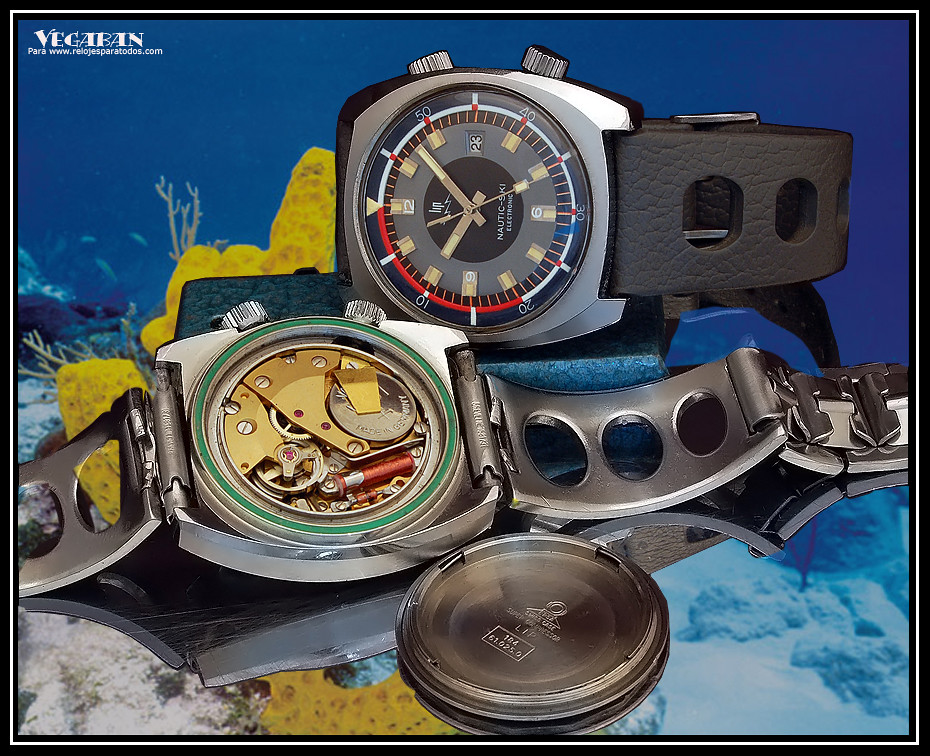
Alone...
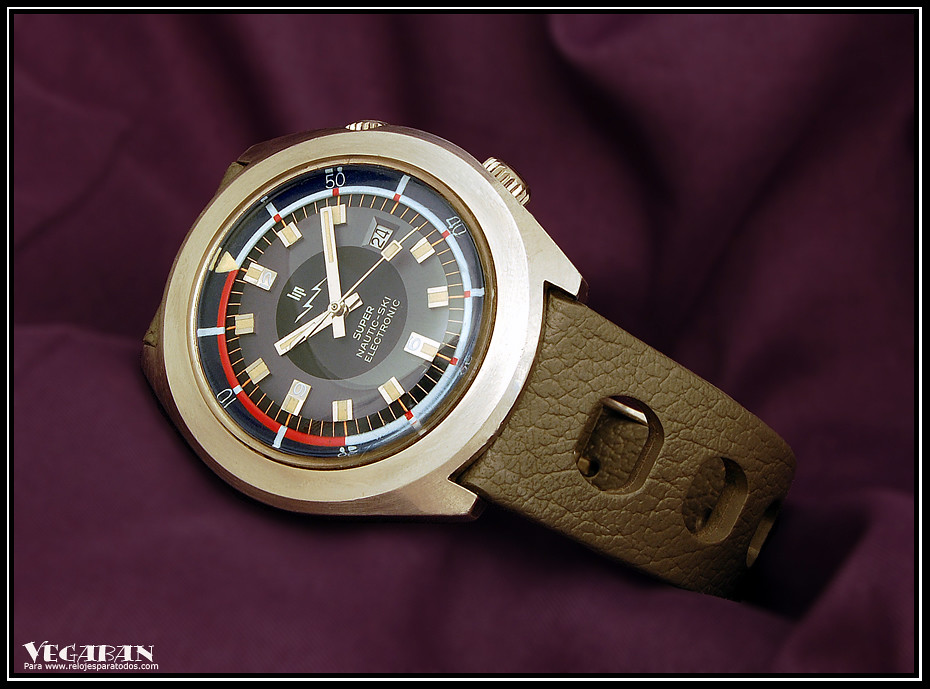
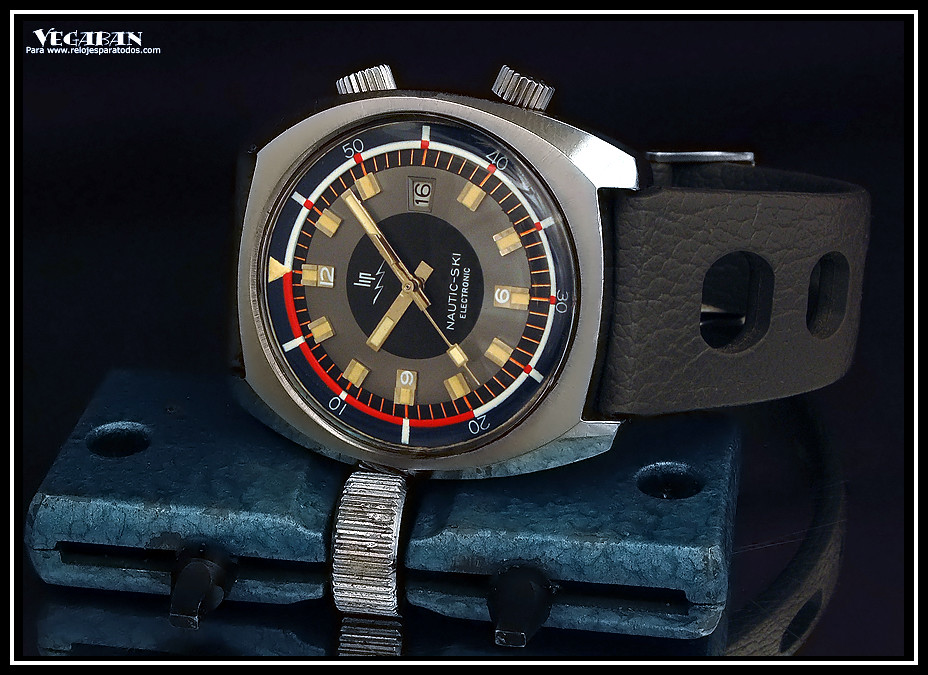
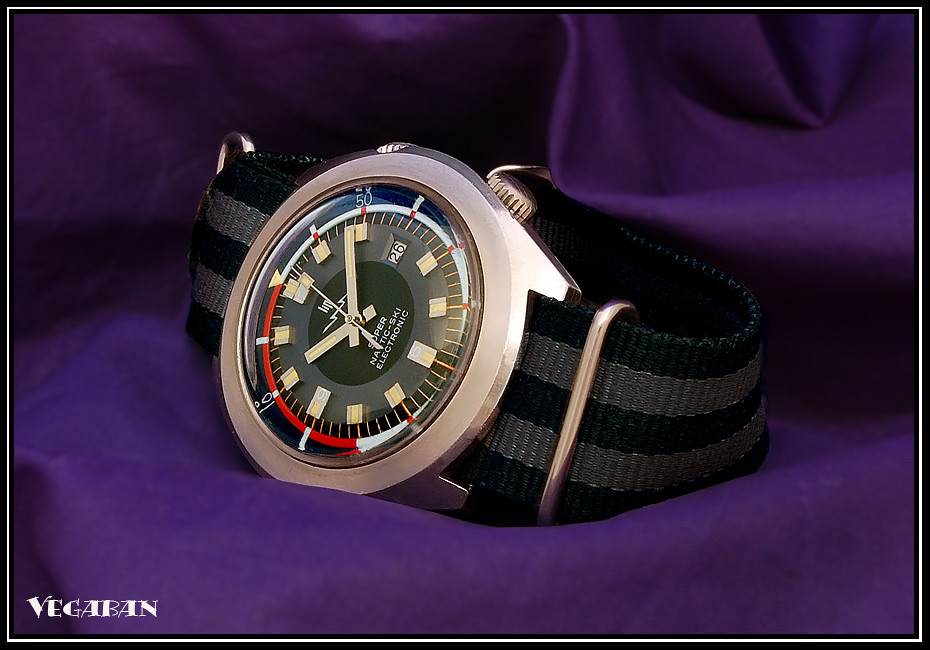
With other Super Compressors...
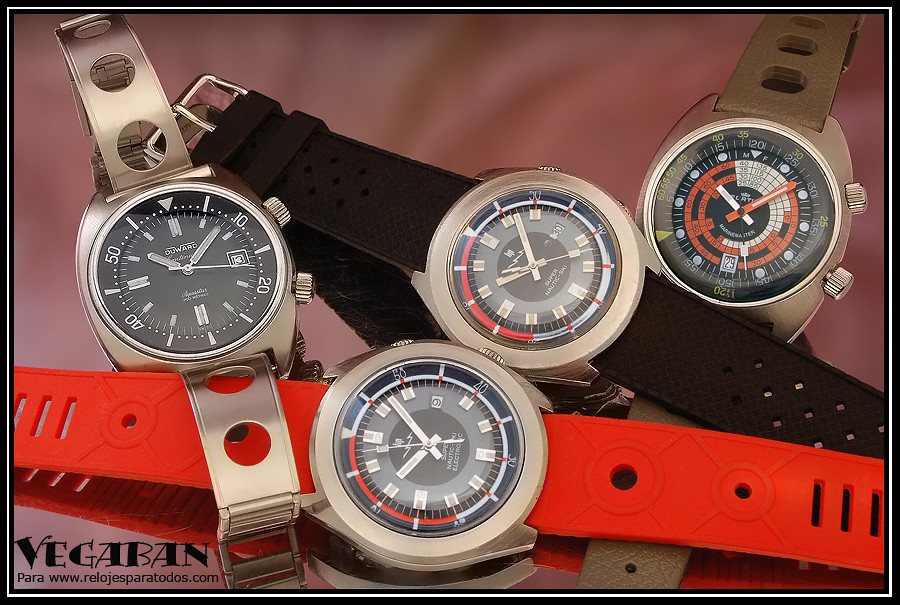
...on the wrist...
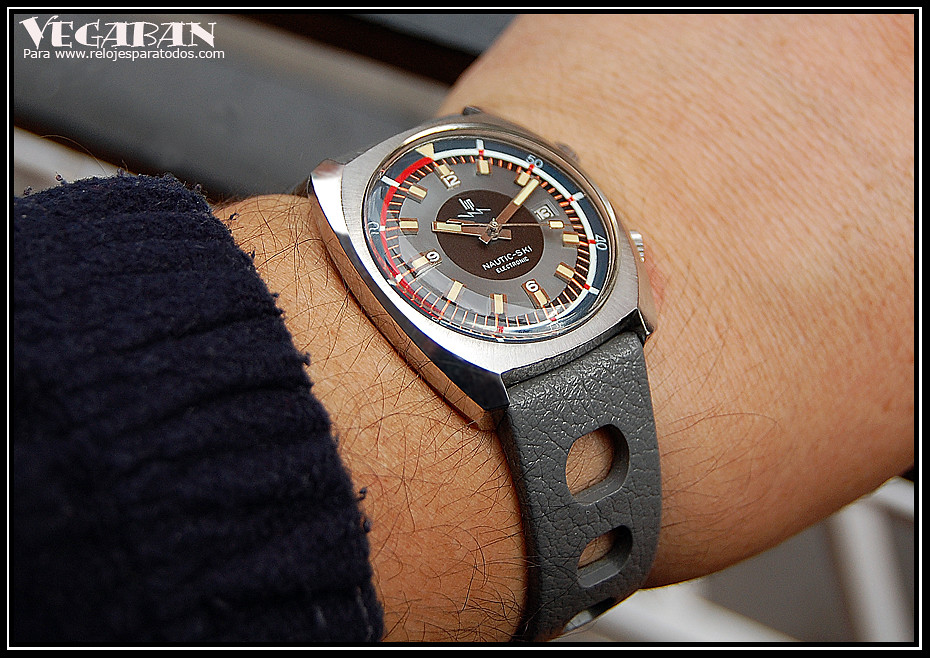
http://www.youtube.com/watch?v=HZI6VCozYuM[/youtube]
Sources:
http://people.timezone.com/msandler/Art ... p/Lip.html
http://www.crazywatches.pl/lip-r27-electric-1958
http://forumamontres.forumactif.com/t43 ... t=lip+r148
http://forumamontres.forumactif.com/t40 ... -speciales
http://www.electric-watches.co.uk/make/ ... 8/r148.php



